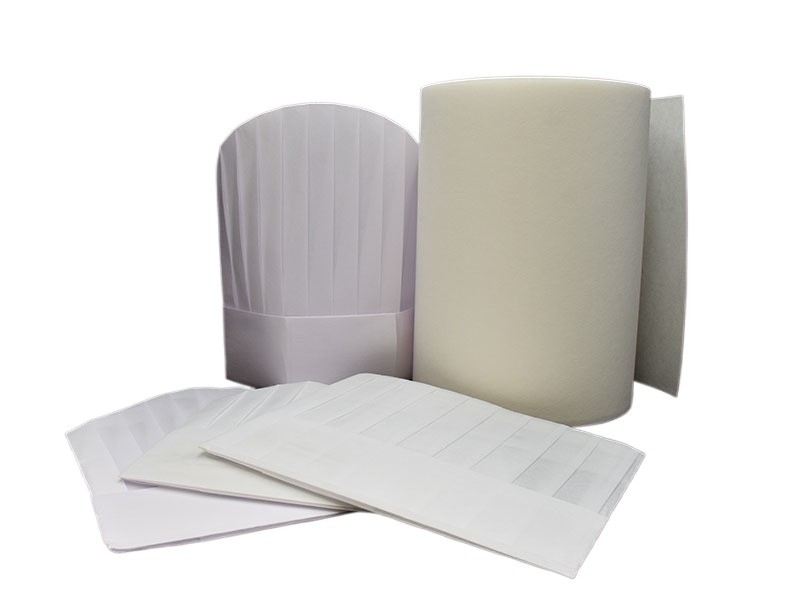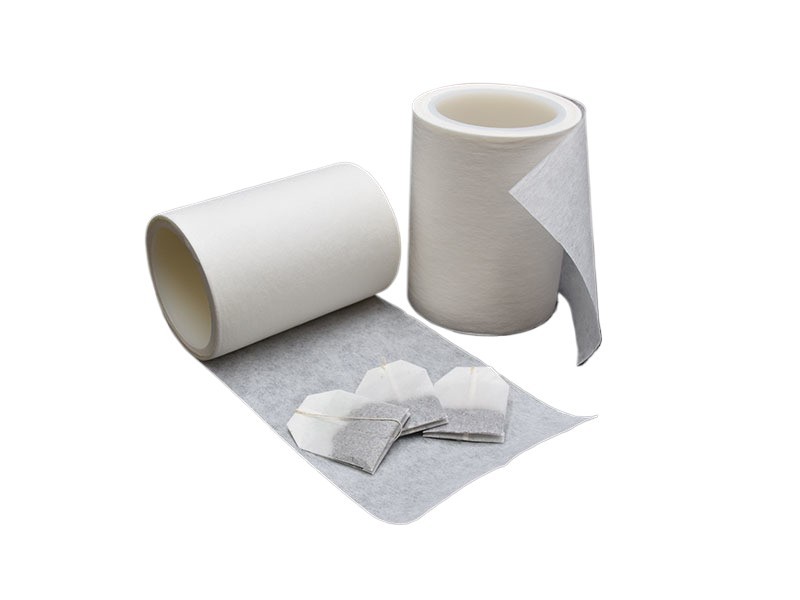The Versatility and Benefits of Lightweight Nonwoven Interlining for Shirts
Release time:
2025-04-29
Lightweight nonwoven interlining is an essential component in the world of shirt manufacturing, offering a blend of functionality and comfort that enhances the overall quality of garments. As professionals in the textile industry, it is crucial to understand the diverse benefits and applications of this innovative material.
One of the primary advantages of lightweight nonwoven interlining is its ability to provide structure and support without adding unnecessary bulk. Unlike traditional woven interlinings, which can be heavier and more rigid, nonwoven options are designed to maintain a soft feel, ensuring that the final product is comfortable for the wearer. This is particularly important in shirt manufacturing, where breathability and ease of movement are key considerations for end consumers.
Moreover, lightweight nonwoven interlining is highly versatile and can be used in various shirt styles, from casual wear to formal attire. Its adaptability allows designers to incorporate it into different fabric types, ensuring that shirts hold their shape and appearance after multiple washes. This durability is vital for maintaining the garment’s aesthetic appeal over time, making it a preferred choice among many manufacturers.
Another significant aspect of lightweight nonwoven interlining is its ease of application. The material is typically engineered to bond well with various fabrics, simplifying the production process. This can lead to increased efficiency in manufacturing, allowing for quicker turnarounds and a more streamlined workflow. Additionally, nonwoven interlining is often lightweight, which reduces the overall weight of the finished product—an attractive feature for consumers seeking comfortable clothing options.
In terms of sustainability, many manufacturers are now focusing on producing lightweight nonwoven interlining from recycled or eco-friendly materials. This aligns with the growing consumer demand for sustainable textiles and can improve a brand’s marketability. By choosing environmentally friendly options, textile professionals can not only contribute to reducing waste but also appeal to a more conscious consumer base.
When selecting lightweight nonwoven interlining for shirts, it is essential to consider the specific properties required for the intended garment. Factors such as breathability, drape, and stretch should be evaluated to ensure that the final product meets both functional and aesthetic criteria.
In conclusion, lightweight nonwoven interlining represents a significant innovation in fabric technology for shirt manufacturing. Its combination of comfort, durability, and versatility makes it an ideal choice for creating high-quality garments that meet the demands of today’s consumers. By understanding the benefits of this material, professionals in the textile industry can make informed decisions that enhance their product offerings and ultimately drive success in a competitive market.
One of the primary advantages of lightweight nonwoven interlining is its ability to provide structure and support without adding unnecessary bulk. Unlike traditional woven interlinings, which can be heavier and more rigid, nonwoven options are designed to maintain a soft feel, ensuring that the final product is comfortable for the wearer. This is particularly important in shirt manufacturing, where breathability and ease of movement are key considerations for end consumers.
Moreover, lightweight nonwoven interlining is highly versatile and can be used in various shirt styles, from casual wear to formal attire. Its adaptability allows designers to incorporate it into different fabric types, ensuring that shirts hold their shape and appearance after multiple washes. This durability is vital for maintaining the garment’s aesthetic appeal over time, making it a preferred choice among many manufacturers.
Another significant aspect of lightweight nonwoven interlining is its ease of application. The material is typically engineered to bond well with various fabrics, simplifying the production process. This can lead to increased efficiency in manufacturing, allowing for quicker turnarounds and a more streamlined workflow. Additionally, nonwoven interlining is often lightweight, which reduces the overall weight of the finished product—an attractive feature for consumers seeking comfortable clothing options.
In terms of sustainability, many manufacturers are now focusing on producing lightweight nonwoven interlining from recycled or eco-friendly materials. This aligns with the growing consumer demand for sustainable textiles and can improve a brand’s marketability. By choosing environmentally friendly options, textile professionals can not only contribute to reducing waste but also appeal to a more conscious consumer base.
When selecting lightweight nonwoven interlining for shirts, it is essential to consider the specific properties required for the intended garment. Factors such as breathability, drape, and stretch should be evaluated to ensure that the final product meets both functional and aesthetic criteria.
In conclusion, lightweight nonwoven interlining represents a significant innovation in fabric technology for shirt manufacturing. Its combination of comfort, durability, and versatility makes it an ideal choice for creating high-quality garments that meet the demands of today’s consumers. By understanding the benefits of this material, professionals in the textile industry can make informed decisions that enhance their product offerings and ultimately drive success in a competitive market.
Lightweight Nonwoven Interlining for Shirts
Previous Page
Previous Page
Latest News
Nantong Rainbow Technology Co., Ltd.
Telephone:+86-13587673537
E-mail:chrislc717@163.com
Address: Group 42, Xizansi Village, Xiting Town, Tongzhou District, Nantong City, Jiangsu Province

Copyright©2024 Nantong Rainbow Technology Co., Ltd. | Powered by www.300.cn
Copyright©2024 Nantong Rainbow Technology Co., Ltd.
Powered by www.300.cn



